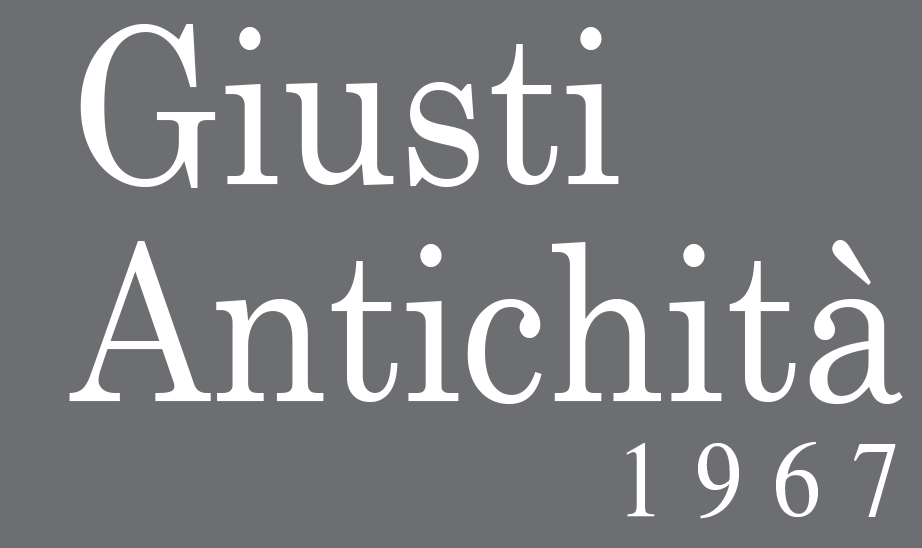Item : 59392
GIOVANNI BATTISTA VERROCCHIO (FIRENZE 1494-1569)
Author : GIOVANNI BATTISTA VERROCCHIO (FIRENZE 1494-1564)
Period: 16th century
Measures H x L x P
Height cm. : 108
Widht cm. : 86
GIOVANNI BATTISTA DEL VERROCCHIO (FIRENZE 1494-1569)
Sacra Famiglia con San Giovannino, da Andrea del Sarto, detta Sacra Famiglia Medici
Olio su tavola, cm. 108 x 86
INEDITO
Si ringrazia Ciabattini Roberto per aver individuato l'autore e per aver fornito le seguenti indicazioni.
Il dipinto è una copia della celebre Sacra Famiglia Medici di Andrea del Sarto, che si trova a Firenze nella Galleria Palatina di Palazzo Pitti, inv. 1912, n. 81 (cfr. A.Natali, a.Cecchi, Andrea del Sarto. Catalogo completo, Firenze 1989, pp. 137 – 138), ma che è riprodotta per la sua importanza in quasi tutte le monografie di Andrea del Sarto.
Questi aveva fatto il dipinto per Messer Ottaviano de' Medici, reso famoso per la sua interessante vicenda. Il dipinto rimase sempre a Firenze, e quindi copiato da numerosi artisti fiorentini amanti dell'arte di Andrea. Di questo dipinto si conoscono numerose repliche da Andrea del Sarto (due addirittura fatte dal Vasari).
Giovanbattista del Verrocchio è stato scoperto per la prima volta da Louis Alexander Waldman nel 2001, il quale ha pubblicato un primo nucleo di suoi lavori, insieme ai documenti di numerosi pagamenti che gli sono stati fatti da parte dei monaci della Badia Fiorentina.
Giovanbattista del Verrocchio, nipote di Andrea del Verrocchio, dai documenti che Louis Waldman ha rintracciato, veniamo a conoscenza che diventando il pittore di fiducia della Badia Fiorentina, esegue per questi monaci numerosi dipinti devozionali di modeste dimensioni. Viene pagato sempre da questi monaci, per l'esecuzione di pitture su ceri, dorature per Crocifissi ed altre opere di minor conto da inviare alle varie chiese in Toscana che erano alle dipendenze della Badia Fiorentina. La sua opera più importante per il momento conosciuta e resa nota è la pala con i Tre Arcangeli, che si trova a Castello di Buggiano (Pistoia), nella Pieve di Santa Maria e Niccolao [1], che era alle dipendenze della Badia Fiorentina, dove i monaci inviano anche una grande pala del Bachiacca, scoperta dal sottoscritto, tuttora in loco, segnalata allo studioso Louis Alexander Waldman (cfr. D.Franklin, L.A.Waldman, Two late altarpieces by Bachiacca, in «Apollo», Agosto 2001, pp. 30-35).
I lavori sicuri di Giovanbattista del Verrocchio sono stati precedentemente attribuiti al Puligo, al Maestro di Volterra, all'ex Maestro dei Paesaggi Kress ora scoperto come Giovanni Larciani (1484-1527), a Francesco Brina (1540 ca.-1586), ad Andrea Piccinelli detto il Brescianino (1506 ca. – 1525) e alla cerchia di Rosso Fiorentino (1495-1540).
Il modo di operare di Giovanbattista, specialmente nei dipinti giovanili, in cui copia modelli da Andrea del Sarto (come la sua pala), s'avvicina in modo impressionante allo stile del Puligo e di artisti usciti dalla sua bottega, della quale sicuramente faceva parte anche il cosiddetto al Maestro di Volterra.
Giovanbattista del Verrocchio ha un figlio che si chiama Tommaso del Verrocchio, pure lui pittore, che lavora con il Vasari alla realizzazione di alcuni affreschi in Palazzo Vecchio a Firenze.
Prossimamente uscirà un articolo del Prof. Ciabattini Roberto su di lui con numerose opere inedite che ha scoperto in questi ultimi anni.
Bibliografia: L.A.Waldman, The Rank and File of Renaissance Painting: Giovanni Larciani and the "Florentine Eccentrics", in Italian Renaissance Masters, Marquette University, Milwaukee, Wisconsin 2001, pp. 24 – 45.
Si tratta di un artista che esce sicuramente dalla bottega di Ridolfo del Ghirlandaio (1483-1561), influenzato dalle opere di Andrea del Sarto (1486-1530) e in particolare di Domenico Puligo (1492-1527), del quale copia alcune loro opere. È molto vicino al modo di operare di alcuni artisti in voga in quel momento a Firenze: Michele Tosini (1503-1577), Pier Francesco Foschi (1502-1567) e Francesco Bachiacca (1494-1557).



